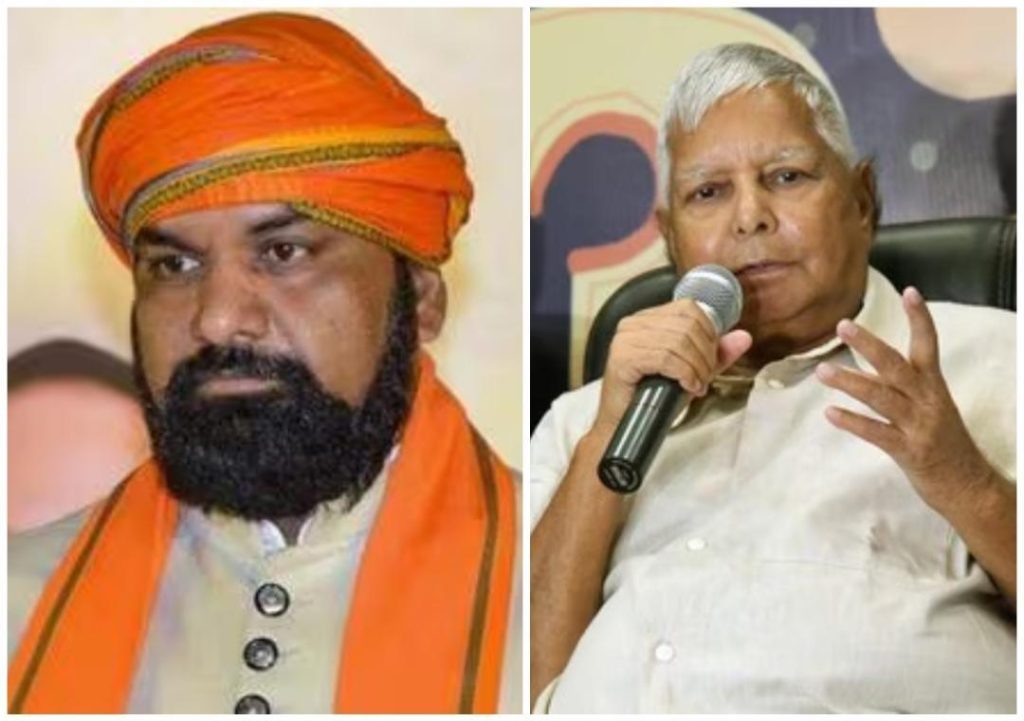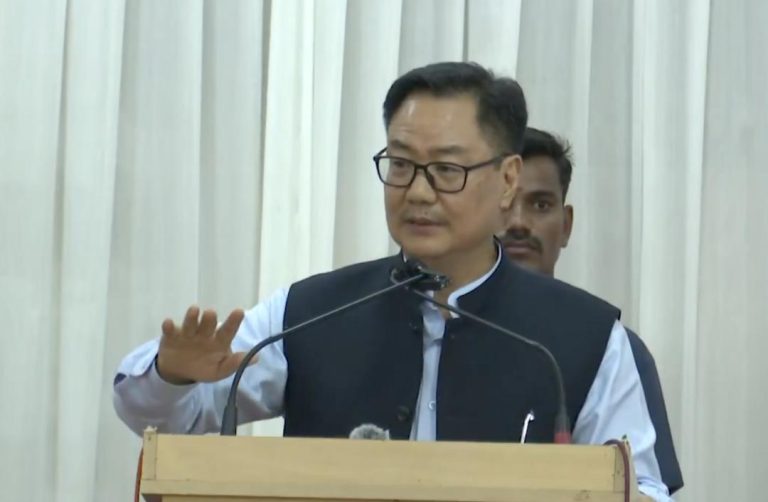
Title: Lalu is the ‘Gabbar’ of Bihar, he scares everyone: Bihar Dy CM
The upcoming assembly elections in Bihar have already started to take center stage, with political leaders and parties making sensational claims to sway voter sentiments. In a recent statement, Bihar Deputy Chief Minister Samrat Choudhary sparked a controversy by comparing RJD chief Lalu Prasad Yadav to the notorious dacoit Gabbar Singh. According to Choudhary, Lalu’s fear factor was so pervasive that 1.25 crore people left Bihar during his tenure in power.
Choudhary’s statement, which has been widely reported in the media, has sent shockwaves across the state. While some have hailed the deputy CM’s bold move, others have criticized him for using divisive language. But what is the context behind Choudhary’s statement, and what does it reveal about the political landscape in Bihar?
To understand the significance of Choudhary’s statement, it’s essential to revisit the tumultuous tenure of Lalu Prasad Yadav in Bihar. As the chief minister of Bihar from 1990 to 1997 and again from 2005 to 2015, Lalu’s leadership was marked by allegations of corruption, nepotism, and cronyism. His party, the Rashtriya Janata Dal (RJD), was accused of patronizing its supporters and allies, often at the expense of the state’s economy and social fabric.
Lalu’s rule was also marked by a culture of fear and intimidation. Opposition leaders and activists who dared to speak out against him were often met with violence, threats, and even imprisonment. This culture of fear was so pervasive that many people, including those from the upper and backward classes, allegedly felt compelled to leave the state to escape Lalu’s reach.
Choudhary’s statement, therefore, is not just a personal attack on Lalu but a reflection of the widespread perception that Lalu’s rule was characterized by a climate of fear and authoritarianism. By likening Lalu to Gabbar Singh, a notorious dacoit from the Bollywood classic Sholay, Choudhary is implying that Lalu’s grip on Bihar was so tight that it left people no choice but to flee the state.
The comparison is not just a figure of speech but a sobering reminder of the impact that Lalu’s rule had on the state’s social and economic fabric. During his tenure, Bihar’s economy was characterized by rampant corruption, mismanagement, and lack of investment. The state’s infrastructure, education, and healthcare systems suffered greatly, leading to a decline in the overall quality of life for its citizens.
Choudhary’s statement has also sparked a wider debate about the legacy of Lalu’s rule and its impact on the state’s development. Many have argued that Lalu’s policies, which were often based on personal loyalty and patronage, did more harm than good to the state’s economy and society.
For instance, the RJD’s decision to introduce reservation policies in the 1990s, while intended to benefit the backward classes, led to a culture of entitlement and nepotism. Many people from the upper class and other communities felt that they were being unfairly marginalized in favor of Lalu’s loyal supporters.
Similarly, Lalu’s government was accused of misusing public funds and resources for personal gain. Corruption scandals involving high-ranking officials and politicians were commonplace, and Lalu’s family members were often accused of embezzling public funds.
In the context of the upcoming assembly elections, Choudhary’s statement is a clear attempt to tarnish Lalu’s image and undermine the RJD’s chances of returning to power. By emphasizing Lalu’s fear factor and authoritarian rule, Choudhary is trying to portray the RJD as a party that is out of touch with the needs and aspirations of the people of Bihar.
However, it remains to be seen whether Choudhary’s statement will have the desired impact on the electorate. Lalu Prasad Yadav remains a powerful figure in Bihar politics, and his ability to mobilize support among the state’s backward classes and dalits is unmatched. The RJD’s alliance with other parties, including the Congress and the Left, could also help to balance out Choudhary’s statement and keep the party in contention.
In conclusion, Choudhary’s statement is a reflection of the widespread perception that Lalu Prasad Yadav’s rule was characterized by a culture of fear and authoritarianism. While it remains to be seen whether the statement will have a significant impact on the upcoming assembly elections, it is clear that Lalu’s legacy continues to dominate the political discourse in Bihar.
As the state prepares to go to the polls, it is essential that voters consider the broader implications of Lalu’s rule and the impact it has had on the state’s development. By doing so, they can make an informed decision about the future of Bihar and the kind of leadership they want to see in the state.
Source:






